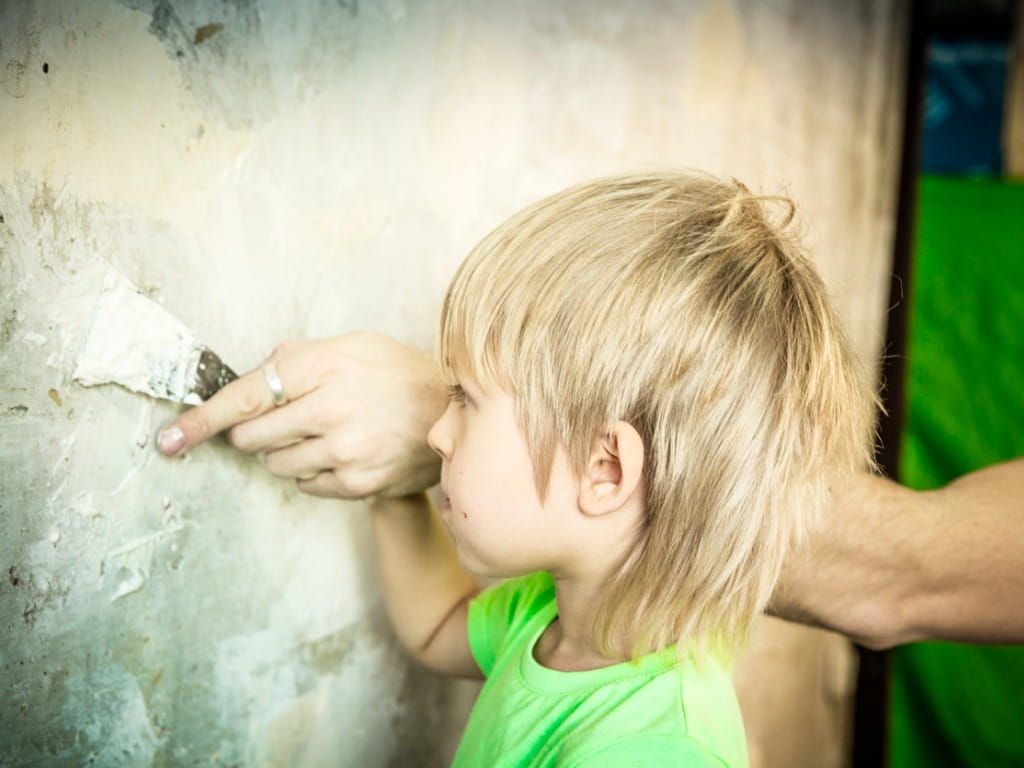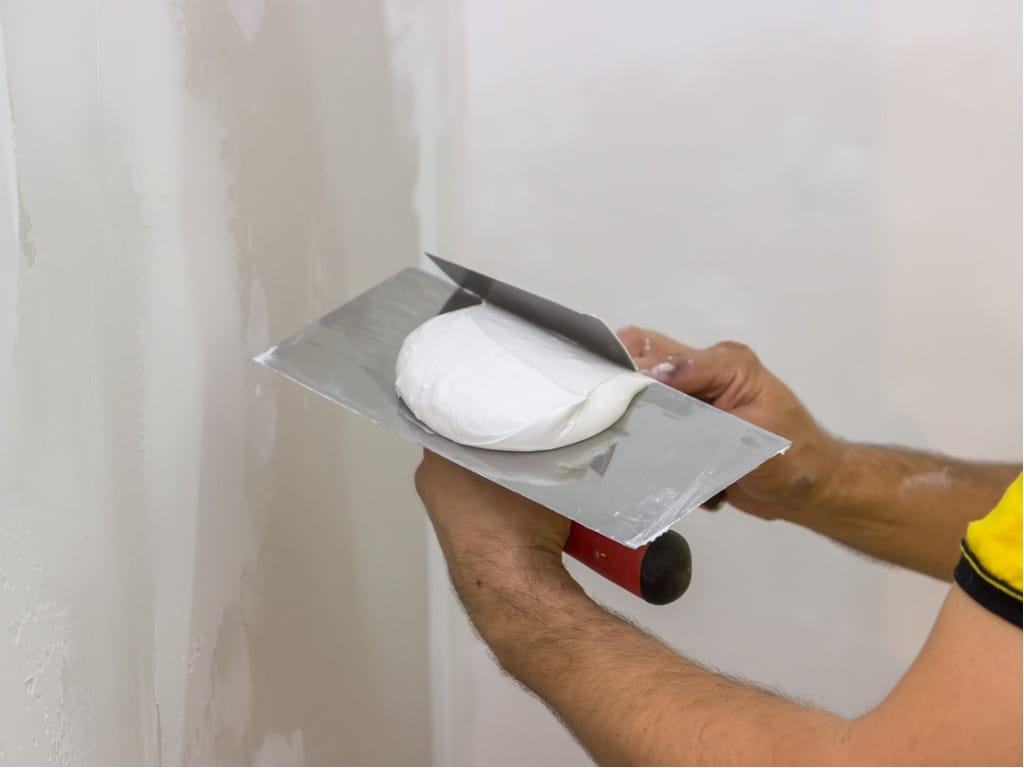Keep Spackle out of Reach of Children

The Bottom Line
Spackle is a general term for products used to repair small holes in drywall. It contains finely ground minerals and a liquid binder. When the liquid evaporates, it leaves behind a solid plug filling the hole. While the typical components are safe in small amounts, spackle is not meant to be swallowed.

The Full Story
Spackle is a general term for products used to repair small holes in drywall. It typically comes in premixed tubs or squeeze tubes. The ingredients of spackle products will vary but usually are finely ground calcium carbonate (limestone), gypsum (calcium sulfate dehydrate), or quartz (silicon dioxide) often mixed with clay. These are mixed with a solvent and formulated into a paste that can be pressed into a hole and sanded when the solvent has evaporated. Examples of popular products are DAP Spackling Paste and DryDex Spackling. Historically, readily available materials such as regional clays, muds, ground sea shells, crushed limestone, and tree resins were used and are occasionally used today in some products. Spackle is not enjoyable to eat, so usually kids just taste a small amount and then spit it out or stop eating it.
Modern products can have small amounts of liquid chemicals such hydrocarbons or ethylene glycol. Ethylene glycol is a very toxic substance, but the amount in the spackle is so small that it would be hard to ingest a toxic amount. But don't guess! Call Poison COntrol or use webPOISONCONTROL to be sure.
When spackle dries, it becomes a solid and can be a choking hazard. Watch for crumbles and sanding dust and sweep them up before finishing a project.
Even though it is not meant to be swallowed, spackle ingestions are not usually serious. If someone has eaten or tasted spackle or gotten it in the eye, please use the webPOISONCONTROL online tool for guidance or call Poison Control at 1-800-222-1222. Whether you log on or call, expert assistance is available 24 hours a day.
Pela Soto, PharmD, BSHS Pharmacogenomics, BS Microbiology
Certified Specialist in Poison Information
Poisoned?
Call 1-800-222-1222 or
Prevention Tips
- Spackle can look like a toy or food to children. Close the container tightly when finished.
- Keep the area closed off if possible when spackling. Many exposures happen when curious children come upon a wall with a smear of spackle.
- Clean up any crumbles and sanding dust left behind from spackle use.
This Really Happened
A 3-year-old girl scooped some spackle from its container and put it into her mouth. She immediately started trying to spit it out. Her father saw this happening and helped her by giving some water that she swished and spit out. He was concerned that she might have swallowed some and called Poison Control, which assured him that this amount would not poison his daughter. Poison Control recommended giving her additional fluids of choice to help dilute the taste and texture. No adverse effects were encountered.References
Poisoned?
Call 1-800-222-1222 or
Prevention Tips
- Spackle can look like a toy or food to children. Close the container tightly when finished.
- Keep the area closed off if possible when spackling. Many exposures happen when curious children come upon a wall with a smear of spackle.
- Clean up any crumbles and sanding dust left behind from spackle use.
